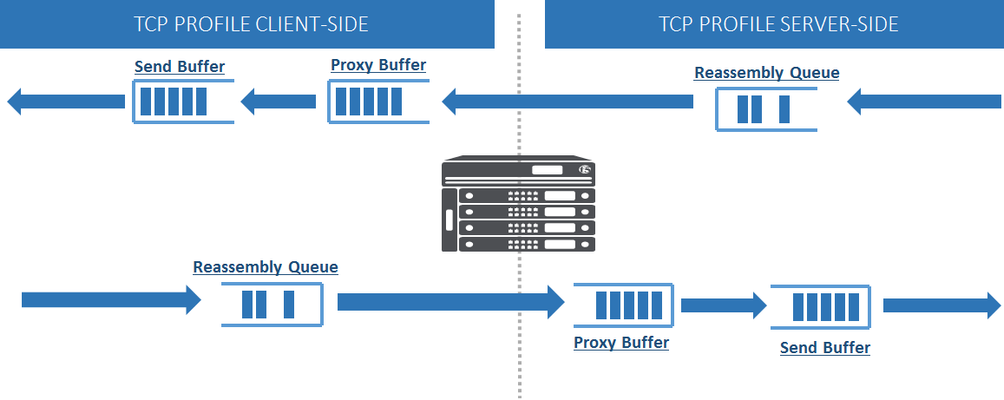The TCP Proxy Buffer
The proxy buffer is probably the least intuitive of the three TCP buffer sizes that you can configure in F5's TCP Optimization offering. Today I'll describe what it does, and how to set the...

Published Nov 22, 2016
Version 1.0Martin_Duke
I work in the Office of the CTO on both F5's standards engagement process in general, and specifically on the application of transport-layer innovation to F5's product line. F5 sponsors my service as Transport Area Director at the Internet Engineering Task Force (IETF), where I help to administer standards development worldwide.Ret. Employee
Martin_Duke
I work in the Office of the CTO on both F5's standards engagement process in general, and specifically on the application of transport-layer innovation to F5's product line. F5 sponsors my service as Transport Area Director at the Internet Engineering Task Force (IETF), where I help to administer standards development worldwide.Ret. Employee
dragonflymr Cirrostratus
Cirrostratus
May 17, 2017 Cirrostratus
CirrostratusThanks a lot, then all the traffic from backend server will be accumulated in Proxy Buffer (until Proxy Buffer High is reached) - Am I right?
As soon as BIG-IP receives ACK for part or all data send, appropriate amount of data will be passed from Proxy Buffer, let's say client send ACK for 4KB then 4KB will be send from Proxy Buffer to Send Buffer, of course assuming that client is still advertising 8KB window.
If with ACK client will send window 16KB then I assume 12KB can be moved from Proxy to Send (16KB widow - 4KB of unacknowledged data) - is that more or less correct?
Piotr
Help guide the future of your DevCentral Community!
What tools do you use to collaborate? (1min - anonymous)